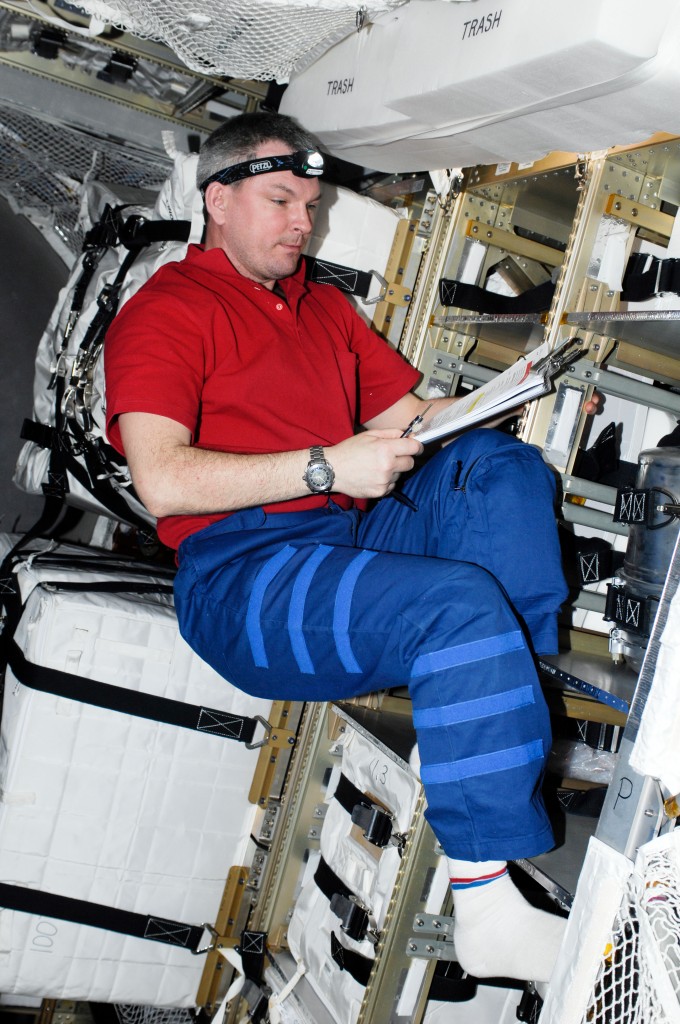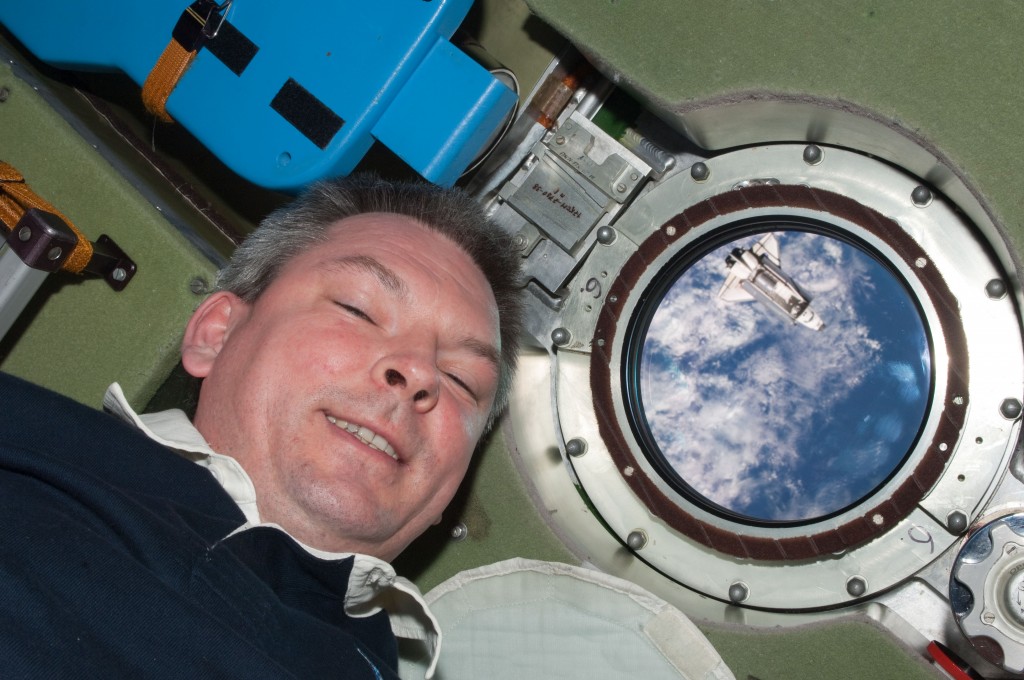ESA astronaut Samantha Cristoforetti and Russian cosmonaut Alexander Samokutyaev completed their training on ATV-5 docking/undocking at ESA’s European Astronaut Centre today. Congrats to both!
Docking&Undocking went many times wrong, #ATV5 had many malfunctions, but it was a successful exam! @AstroSamantha pic.twitter.com/N6EG9DDG4p
— lionelferra (@lionelferra) November 29, 2013
The two were undergoing training because they will serve as the crew members who oversee the undocking of ATV-5.

A relaxed, post-test view of the Exp41/42 crew, ESA ATV instructors (x4), Russian instructors from GCTC (1 for the ISS, 1 for Soyuz/ATV) and — of course — 1 translator. Photo was taken after today’s successful rendezvous/docking and undocking exams. Credit: ESA
ESA’s Alexander Gerst will oversee docking of ATV-5, in Spring 2014, together with Russia’s Aleksandr Aleksandrovich Skvortsov (Can we call this the ‘Triple Alex’ docking? – Ed.), while Samantha together with Alexander Samokutyaev will undock ATV-5 in Autumn 2014
Sasha Samokutyaev took part in the undocking of ATV-2 in 2011, and he also saw the undocking of the last Shuttle, STS-135, from the ISS. Sasha is truly the ‘specialist of the ‘lasts’…’
Herewith, a few photos of ATV-2 undocking, cargo inspection by Sasha within ATV-2, and Sasha seen with STS-135 through the port from the Russian Service Module nadir window.




 Automated Transfer Vehicle page
Automated Transfer Vehicle page ATV blog archive
ATV blog archive
Discussion: one comment
I saw that ESA is taking more time to consider the design of the service module for the Orion capsule. A key fact that needs to be kept in mind is that NASA has acknowledged that the first version of the SLS to launch in 2017 will actually have a 90 metric ton capability to LEO, not the 70 metric tons previously cited.
This is important because a payload this high makes it much easier to do a manned lander mission. It would require weight optimized components however. Instead of an Altair-sized lunar lander at 45 metric tons(mT), use an Apollo or smaller lander below 15 mT.
And instead of basing the Orion’s service module on the ATV, base it on the hypergolic EPS upper stage of the Ariane 5. This has close to a 10 to 1 mass ratio at a 321 s Isp. Then use a Centaur-like Earth departure stage at a 10 to 1 mass ratio at a 462 s Isp.
Then a manned lunar lander mission can be conducted at below 90 mT payload to LEO.
Bob Clark